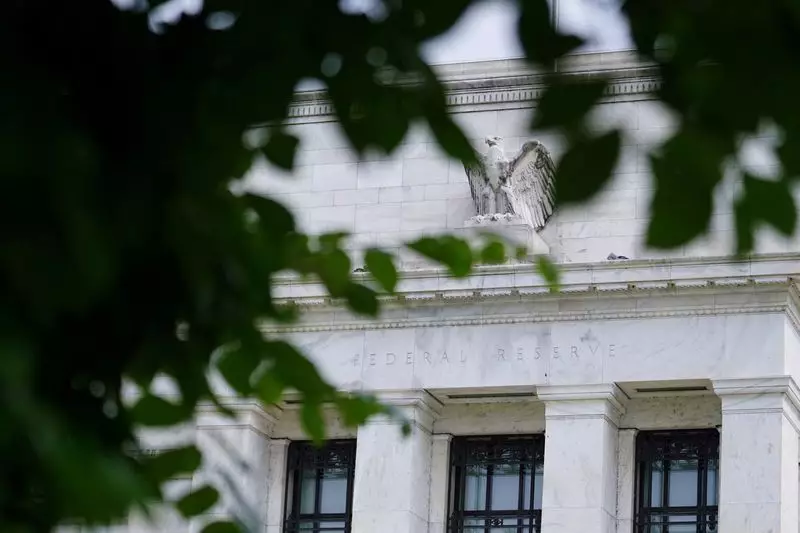The Federal Reserve is poised to keep interest rates steady following a two-day policy meeting, with indications pointing to the possibility of a cut in borrowing costs in the near future. Investors are optimistic about a rate reduction occurring at the September 17-18 meeting, with discussions revolving around whether the Fed will opt for a quarter-percentage-point reduction or a more aggressive half-percentage-point cut. This decision is crucial as the current policy rate has remained stable in the 5.25%-5.50% range over the past year, necessitating careful consideration before implementing any adjustments.
Despite the prospects of a rate cut, recent economic indicators suggest that the U.S. economy remains robust. The economy exhibited strong growth in the second quarter, expanding at a rate surpassing expectations. Additionally, job market data revealed sustained resilience, with substantial job openings and a decline in the layoffs rate. The ratio of unemployed individuals to open positions has remained relatively balanced, indicating a healthy labor market environment. While there has been some cooling in the labor market, it is important to acknowledge that it is not indicative of weakness, but rather a potential shift that necessitates the Fed’s attention.
The upcoming policy statement by the Federal Reserve is expected to shed light on the future course of action, particularly regarding interest rates. Fed Chair Jerome Powell is likely to emphasize the institution’s data-dependent approach, highlighting the importance of gathering additional information before making definitive decisions. The release of the July employment report will offer valuable insights into the job market conditions, influencing the Fed’s stance on rate adjustments. Additionally, inflation trends, showcasing a slowdown in recent months, will factor into the Fed’s considerations, given its target of 2% annual inflation based on the PCE price index.
While the prospect of interest rate cuts may offer some respite, the Fed’s cautious approach indicates that significant deliberation is required before implementing any changes. The central bank is keen on striking a balance between addressing potential economic concerns and maintaining the stability achieved in recent years. An overzealous response could introduce unnecessary volatility in the market, while a delayed reaction could potentially hinder the economy’s growth trajectory. As such, the Fed’s strategy of monitoring data closely and adopting a measured response is pivotal in navigating the current economic landscape.
The Federal Reserve’s deliberations on interest rate adjustments signify a critical juncture in the economic landscape. While the possibility of rate cuts looms on the horizon, the Fed’s prudent approach underscores the importance of informed decision-making based on comprehensive data analysis. The upcoming policy statement and subsequent actions by the central bank will shape the trajectory of the U.S. economy, impacting various sectors and stakeholders alike. As the Fed continues to navigate the complexities of monetary policy, a careful balance between responding to economic signals and avoiding reactionary measures will be essential in sustaining growth and stability.

